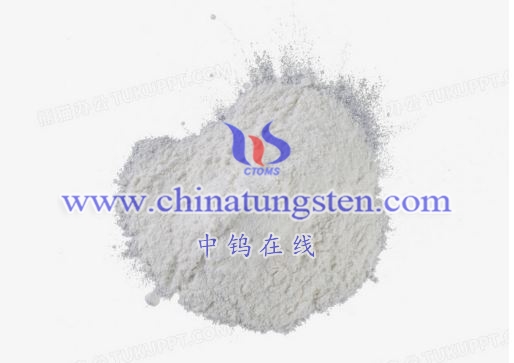Ammonium metatungstate (AMT) is a white crystalline powder that is used as a precursor to make tungsten metal and tungsten alloys, as well as a catalyst and a pigment in various industrial applications.
AMT is generally considered to be relatively low in toxicity and not a significant environmental hazard, as long as it is handled and disposed of properly. However, as with any chemical, prolonged or excessive exposure can potentially be harmful.
In terms of human health, ingestion or inhalation of AMT can cause irritation of the respiratory tract, eyes, and skin. It may also cause gastrointestinal distress, such as nausea, vomiting, and diarrhea. However, the risk of exposure to AMT is generally considered to be low, as it is not commonly found in consumer products or in the environment.
In terms of environmental hazards, AMT is not considered to be toxic to aquatic life, but it may have harmful effects on soil microorganisms and plant growth if it is released into the environment in large quantities. Therefore, it is important to handle and dispose of AMT in a responsible and environmentally sound manner.
Overall, while AMT does have potential health and environmental hazards, it is not considered to be highly toxic or hazardous if handled and disposed of properly.







